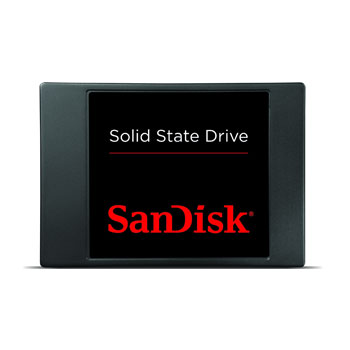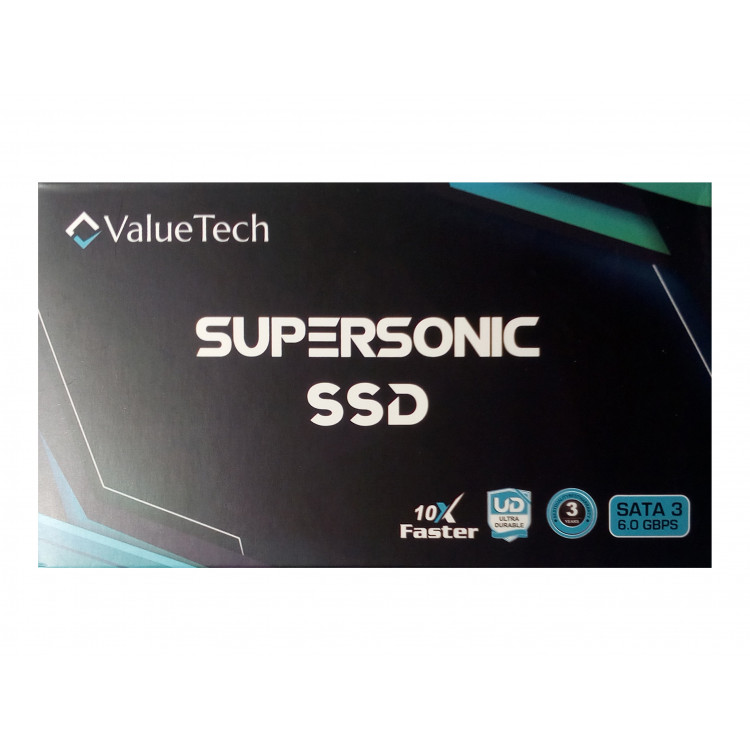

USB thumb drives have used Flash storage for a long time as well, but.As stated above, SSD's are simply disks that have no moving parts, and Flash is the implementation that allows that to happen.Modern SSD hard drives are Flash-based, so today, there’s not really aĭifference between SSD's and Flash memory.Late 2000’s), manufacturers started making SSDs out of Flash memory Performance would generally get worse over time as well. Times before you would lose that section of the drive, and Basically you could only write to the memory a certain number of.Flash storage has traditionally had significant aging issues.To permanently store information without power being continuously applied (in contrast to RAM) Flash storage is also relatively old technology, but started as a way.The upside of using RAM: RAM is super fast - faster than SSD's and flash memory.Historically, RAM was/is used in conjunction with a Spinning Disc Drive or a Solid State Drive (since RAM cannot retain data once powered off).The major downside of using RAM: you can never turn your hard drive off or else you lose all your data.By using RAM, the hard drive no longer had moving parts.

RAM requires continuous power to be applied to retain data.SSD's were originally achieved by using RAM as the method to store data.Recently, the technology has gotten better, so you see them in all newer comptuers.The SSD has been around for decades (contrary to popular belief).The Solid State Drive was developed to improve upon Spinning Disc Drives (moving parts are not that reliable and slow to read from memory).SSD simply means "a hard drive without moving parts".Spinning Disc Drives are being phased out in favor of Solid State Drives (at least in consumer applications).It is important to know the difference between a Spinning Disc Drive (SDD) and a Solid State Drive (SSD) to answer this question.SDD (Spinning Disc Drive) - a.k.a HDD (Hard Disc Drive) You can also create an SSD out of RAM if you implement an SSD using RAM, you'll lose data when you turn off the power to the SSD. Therefore, the answer to your question is No Flash Memory is not the same thing as a Solid State Drive.įlash memory is one implementation of an SSD. Solid State Drive = a hard drive that has no moving partsįlash memory = a method of permanently storing information without Though flash-based SSDs generally carry the property that their enclosure is built to mirror that of a typical 2.5" spinning drive disk enclosure with an SATA interface so that it can act as a drop-in replacement for a mechanical disk.

However, in this day and age, at the time I'm writing this, SSDs are generally filled with (you guessed it): flash-type memory modules. So a "solid state drive" that used ferromagnetic fluids to store data is still an SSD.Īnd indeed, SSDs have been around for a long time with a variety of different solid state storage mediums inside of them to keep those 1's and 0's persistent. Technically, "solid state" just refers to "electronics with no moving parts". SSD, or Solid State Drive, refers to an enclosed storage device that's meant to act as a disk for a computer, but is lean on details about what's inside the enclosure and being used to store the data. It can come in different packages though: wrapped in a hard, plastic envelope you slide in to your camera mounted to a PCB stick with exposed connectors and docked inside your MacPro or mounted inside a drive enclosure that's slid in to an existing drive bay. It refers to a very specific implementation of data storage. Flash storage is storage that uses electronically programmable and erasable memory modules with no moving parts.


 0 kommentar(er)
0 kommentar(er)
